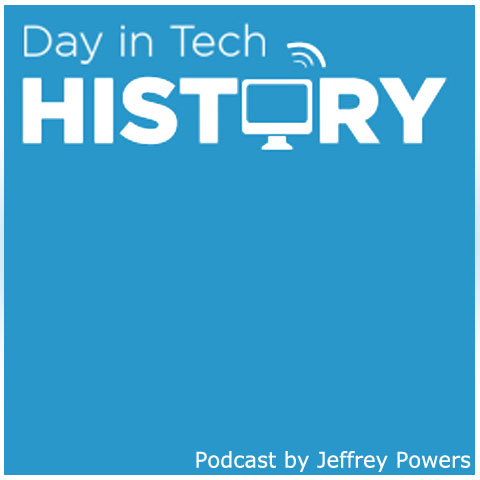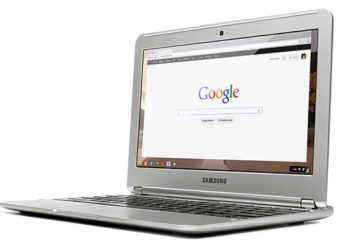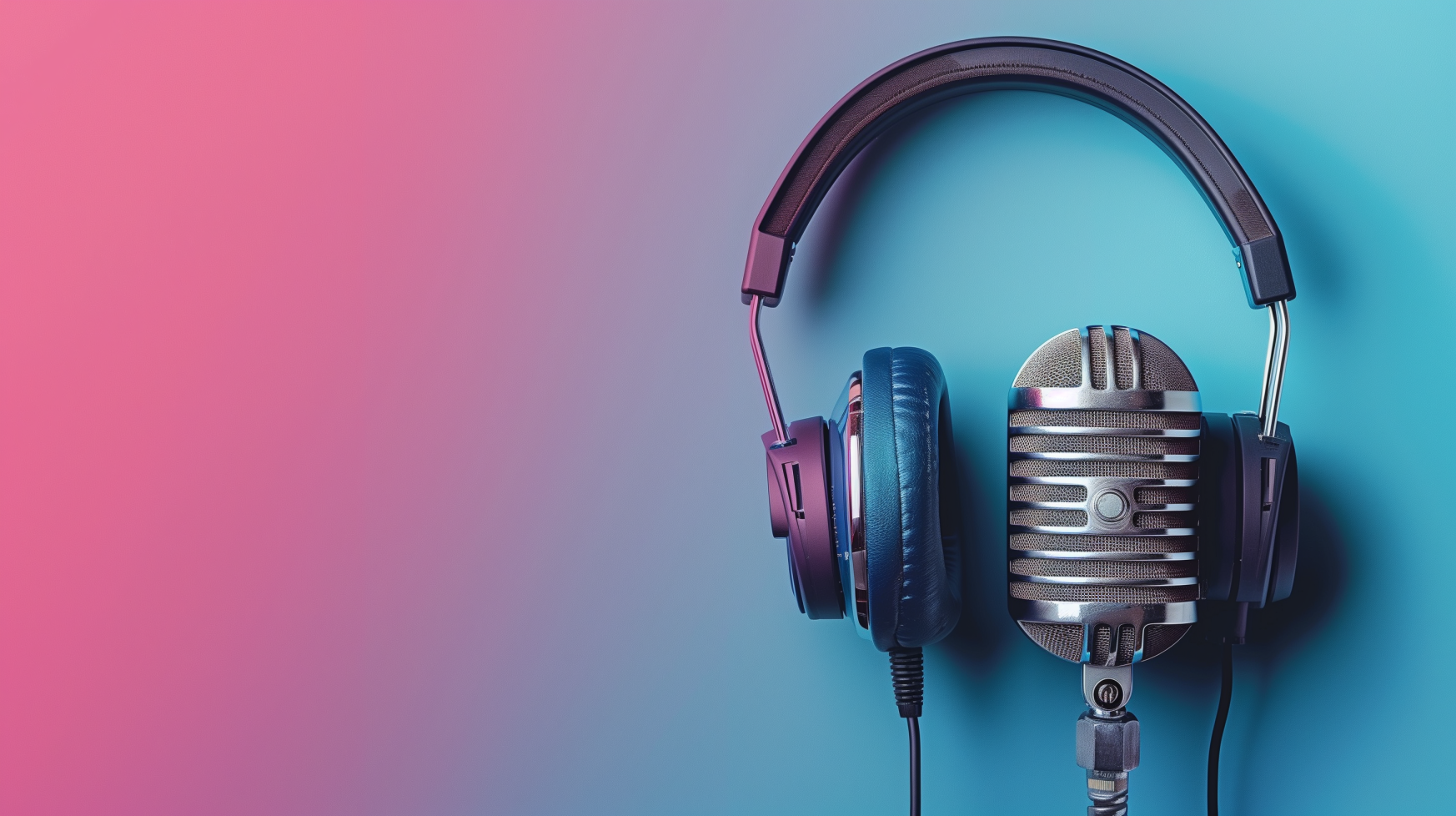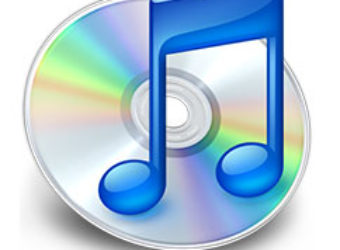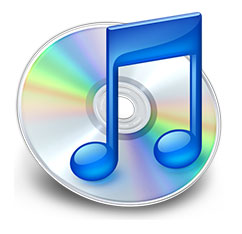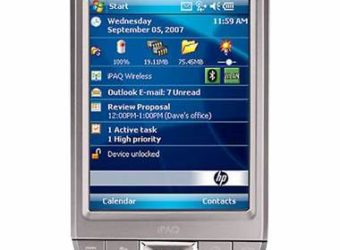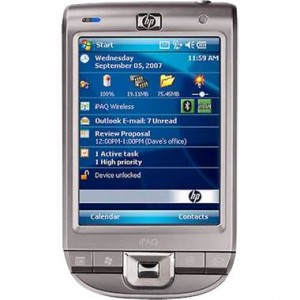May 11, 2011: Google Chromebook Introduced
Subscribe! Spotify | RSS | More
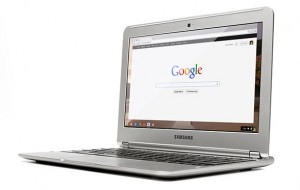
2011 – Eric Schmidt shows off the new Google Chrome OS but with an added feature as he introduced Google Chromebook – a personal computer with the Google Chrome OS built-in. The device loads straight to the browser where you can install applications for functionality on your Chromebook. The first Chromebook would begin selling on June 15, 2011.
Since then, Google has released the Pixelbook, Pixelbook 2, and the newest Pixel Slate – their tablet offering.
Subscribe to Day In Tech History:
RSS Feed - iTunes - Android - Spotify - iHeartRadio
Facebook -
- RSS Bandwidth by Cachefly Get a 14 Day Trial
- Join me on Patreon and support Day in Tech History
Other Events in the Day in Technology History
- Sega begins shipping the Saturn system
- AOL launches free webmail
- Verizon sells part of Alltel to AT&T
